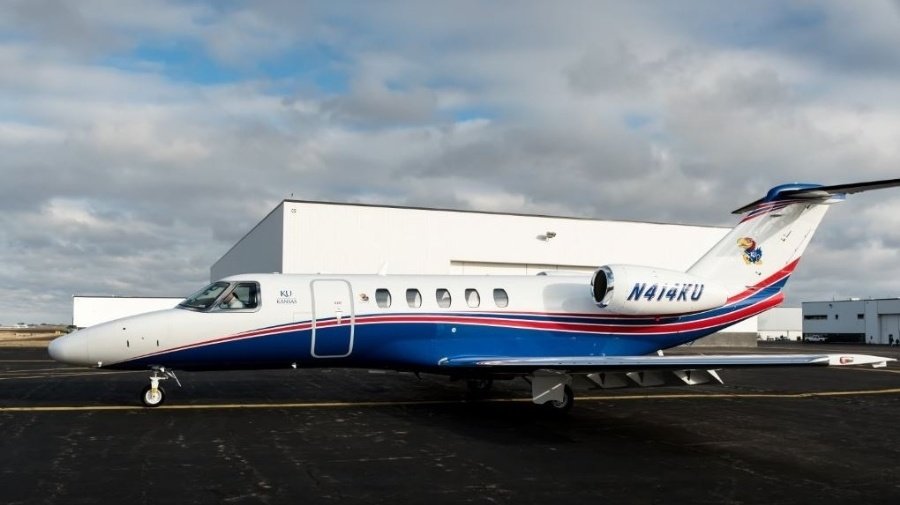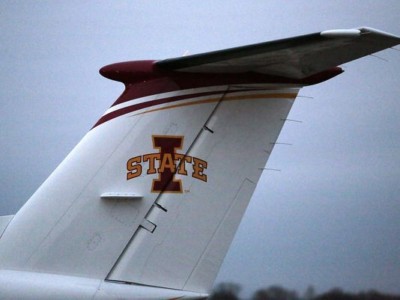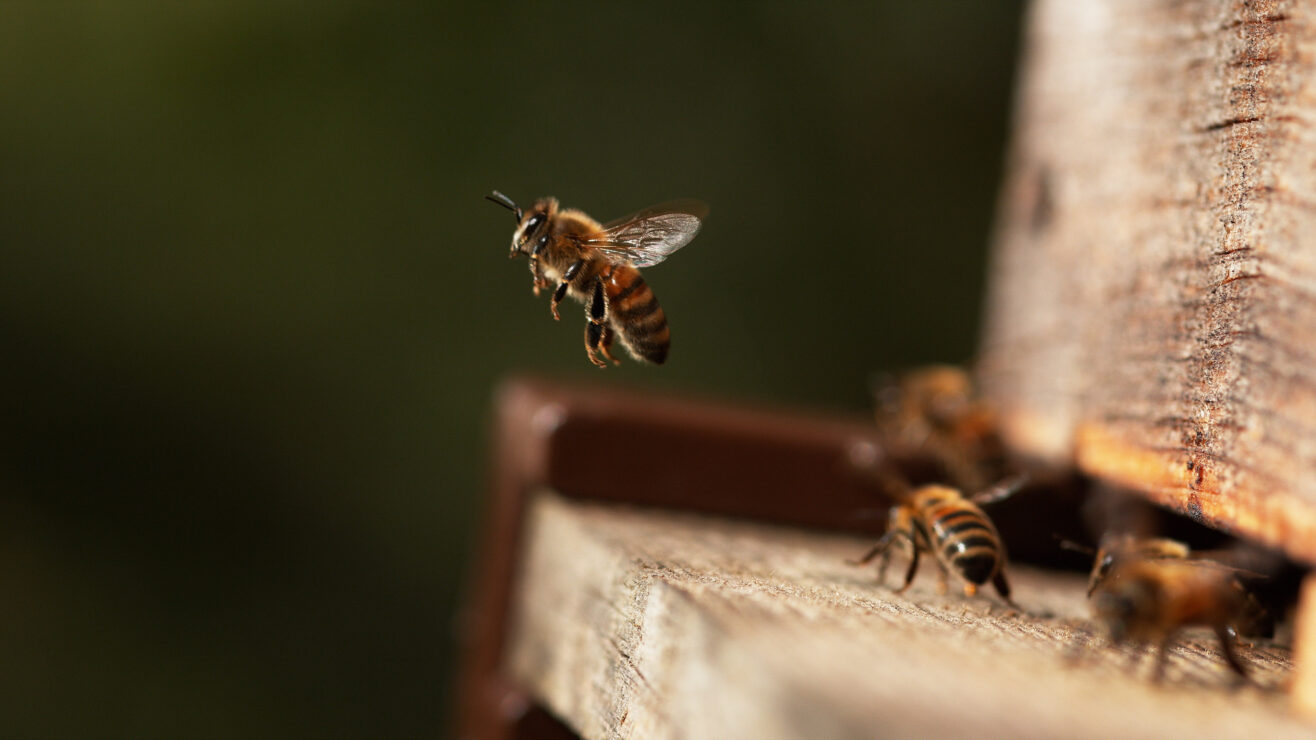The transport used by universities and their staff is always a topic of interest. From vice chancellor travel expenses to executive cars to train stations on campuses there is much to get excited about.
Whilst some vice chancellors do have pilot’s licences, there aren’t many opportunities in higher education for them to exploit their flying skills. Except that is at Cranfield University, which remains the only university in Europe with its own airport and runway, although this is rather more common in the US.
At US universities private planes are apparently increasingly being used as means of attracting star athletes and rewarding donors and senior staff, especially sports coaches. An AP investigation discovered that at least twenty US universities own or have shared ownership of planes and many others charter private flights.

This is how staff at the University of Kansas get about
At Ohio State University, which leases one plane and partly owns another, football coach Urban Meyer and members of his family took 11 personal trips last school year, including a vacation in Florida, a weekend getaway to Cape Cod and a spring break in South Carolina. The university’s cost: $120,000. Add Meyer’s 15 recruiting trips in the same planes during that period, and the price tag jumps to more than $350,000.
Colleges defend the costs, saying coaches and top administrators need to travel more than ever, while commercial airlines are offering fewer flights. Some say it’s economical for officials who often fly on short notice or to towns that are far from a major airport.
Universities often use planes for athletic recruiting, mostly football and basketball, and to shuttle administrators on trips to woo donors or lobby lawmakers.
The price for a private plane usually reaches into the millions, climbing as high as the $8.4 million that the University of Florida’s athletic association paid for an eight-passenger jet in 2011. Then there are operating expenses such as fuel and maintenance, which at Ohio State cost $1.6 million last school year.
Each flight often averages more than $1,000 an hour, far exceeding the cost of a commercial flight.
It does rather sound though as if universities just like having private planes or access to them in order to impress. And it’s in the sporting arena that this seems to be most common as the AP report notes:
Purdue University, for example, sent a plane to Providence, Rhode Island, last year to bring alumnus and former NFL lineman Matt Light to Indianapolis for an athletics meeting and then flew him back, at a cost of $15,000. A commercial flight between those cities typically costs less than $400 round-trip.
The University of Kansas chancellor and two staff members were flown to the NCAA basketball tournament in Louisville, Kentucky, for $10,000 last year. Officials at the University of Tennessee routinely fly between Knoxville and Nashville, a drive of less than three hours.
“With our executive administration, their time is valuable enough that certainly the plane use is warranted,” said Ron Maples, interim treasurer for the University of Tennessee. He added that the school’s yearly spending on flights, about $700,000, is “hardly a blip” in the overall budget.
Costs for chartered flights can add up fast, too. The University of Minnesota doesn’t own a plane but spent $2.9 million chartering flights last year.
Private flights have also become a perk used to draw coveted coaches. At the University of Oklahoma and Ohio State, among many others, top coaches and their families are given yearly shares of flight hours that can be used for vacations and other personal trips.
Three coaches at Ohio State topped $220,000 in personal trips last school year, records show, with destinations including Las Vegas and Marco Island, Florida.
“It’s where the market is now from a compensation standpoint,” said Martin Jarmond, the executive associate athletic director at Ohio State. “Coaches have families, too. They’ve got ballgames they need to get back for. They have important things they need to do outside of the job.”
Coaches do indeed have families too. But one person who seems to have taken things to a different plane altogether is this flying president:

Iowa State University President Steven Leath, a pilot, acknowledged last year that he used a school plane for trips that mixed personal and university business, a practice that came to light after he damaged the aircraft in a hard landing. Iowa State has decided to sell onte plane and is reviewing whether to continue using another.
You can find fuller details of Iowa State’s Flight Service here but his really does feel like a different higher education world altogether.














Worth noting in this context that US college sports (i.e. university sports) is a huge business and draws huge public attention comparable to the English Premier League. The top college American football games frequently have attendances of 80,000-100,000. The National Collegiate Athletic Association, which runs US college sports, draws in revenue of around $700-800 million per year, most of which comes from TV rights deals. (http://www.ncaa.org/about/resources/finances/revenue). The current NCAA basketball knockout-style tournament ‘March Madness’ will see $10billion bet on ‘brackets’ (predictions of results) http://bleacherreport.com/articles/2697846-march-madness-2017-70-million-brackets-104-billion-in-bets-expected. There’s even suggestions that colleges who have what we refer to in the FA Cup as… Read more »
Thanks Alistair for this comprehensive set of comments and links. You are right of course that sport in US Higher Ed is a very different proposition. On the basis of everything I’ve heard and what you say here, let’s hope it stays that way!